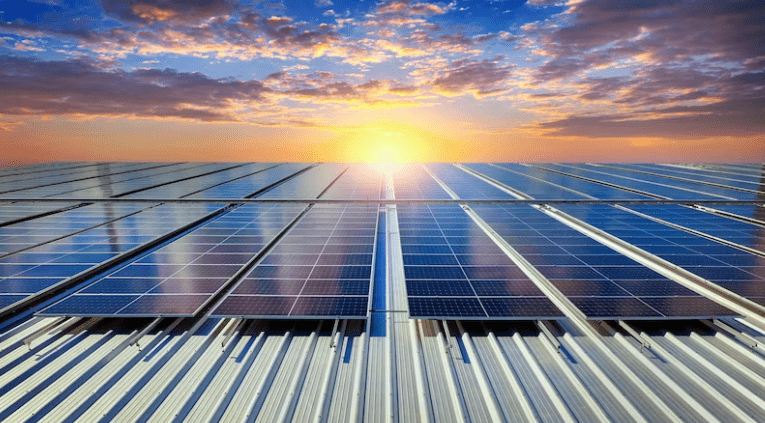The Impact of the Inflation Reduction Act on Solar Energy Adoption
The Inflation Reduction Act (IRA), passed in 2022, has become a game-changer for solar energy adoption across the United States. With its focus on clean energy incentives, the IRA has accelerated the shift toward renewable energy, making solar more accessible and affordable for homeowners, businesses, and utility providers.
1. Expanded Tax Credits for Homeowners
One of the most significant impacts of the IRA is the extension and expansion of the Investment Tax Credit (ITC) for solar energy systems. Homeowners who install solar panels between 2022 and 2032 can claim a 30% federal tax credit on installation costs, substantially lowering upfront expenses. This incentive not only makes solar more affordable but also encourages more households to invest in renewable energy.
2. Incentives for Energy Storage Systems
The IRA recognizes the importance of energy storage in maximizing solar efficiency. Homeowners and businesses can now claim the 30% tax credit for standalone battery storage systems, even if they are installed separately from solar panels. This provision supports greater energy independence and grid stability by allowing users to store excess solar power for use during peak hours or outages.
3. Support for Low-Income and Underserved Communities
The act includes targeted programs aimed at expanding solar access in low-income and historically underserved communities. Grants, rebates, and additional tax credits are available for solar projects in these areas, helping bridge the energy equity gap and ensuring that more households can benefit from clean, cost-effective power.
4. Boost for Domestic Solar Manufacturing
To strengthen the U.S. solar supply chain, the IRA offers tax incentives to domestic solar manufacturers. This move encourages local production of solar panels, inverters, and battery components, reducing reliance on foreign imports and promoting job growth in the renewable energy sector.
5. Encouragement for Commercial and Utility-Scale Projects
The IRA provides financial incentives for commercial, industrial, and utility-scale solar projects. Businesses can take advantage of tax credits and depreciation benefits, while utility companies are incentivized to invest in large-scale solar farms, further increasing the nation’s renewable energy capacity.
6. Long-Term Policy Stability
Before the IRA, solar incentives often faced uncertainty due to shifting policies. The IRA offers a decade-long timeline for tax credits and incentives, providing the stability needed for long-term planning and investments. This certainty encourages more homeowners and businesses to commit to solar energy solutions.
Final Thoughts
The Inflation Reduction Act has significantly accelerated solar energy adoption by making renewable energy more affordable, accessible, and reliable. Through generous tax credits, support for energy storage, and a focus on domestic manufacturing, the IRA paves the way for a cleaner, more sustainable energy future. For homeowners and businesses considering solar, there’s never been a better time to make the switch.



